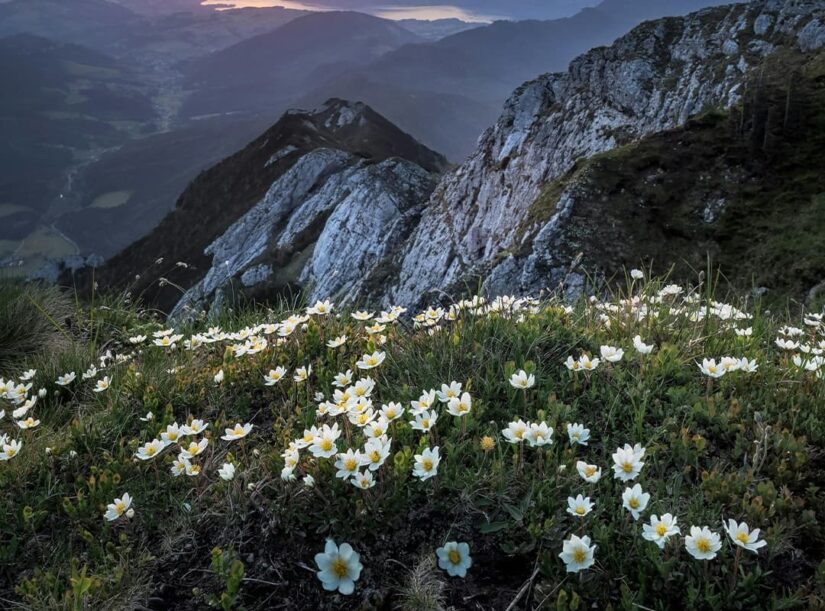Edible Plants of the Southwest
For millennia, the Southwest has been home to a rich variety of edible plants, serving as both sustenance and medicine for its inhabitants. While modern outdoor enthusiasts typically pack provisions for their adventures, knowing which plants are edible in the wilderness can be a valuable skill in emergencies or simply for enjoying nature’s bounty. Among the diverse array of edible plants in the region, six stand out as particularly common and easily recognizable.
BERRIES
Wild strawberries and raspberries are commonly found along alpine trails, offering a delightful trailside treat. Wild strawberries are distinguished by their long runners, while raspberries boast small white flowers with yellow sepals. Although raspberry bushes often have thorns, the sweet reward of their berries makes the effort worthwhile.
DANDELION
Despite its reputation as a weed, the dandelion offers significant nutritional value. Its leaves are rich in Vitamin A, Vitamin K, calcium, and iron, making them a nutritious addition to salads. Dandelion flowers can also be eaten, and the root can be roasted as a coffee substitute.
CATTAILS
Abundant in marshy areas and wetlands, cattails offer multiple edible parts. The roots can be baked, boiled, or grilled, resembling artichoke leaves in taste and texture. The stalks are also edible, either raw or cooked, and the pollen is a protein-rich flour substitute.
Before harvesting cattails, ensure that the surrounding water source is clean and free of contaminants.
PIÑON PINE
Best known for its seeds, the piñon pine produces flavorful nuts with a mild, sweet, and buttery taste. These seeds are packed with vitamins, antioxidants, and minerals, along with beneficial mono-unsaturated fatty acids. Enjoy them on their own or incorporate them into dishes like pesto. Indigenous tribes have harvested piñon seeds for millennia, recognizing their nutritional and culinary value.
